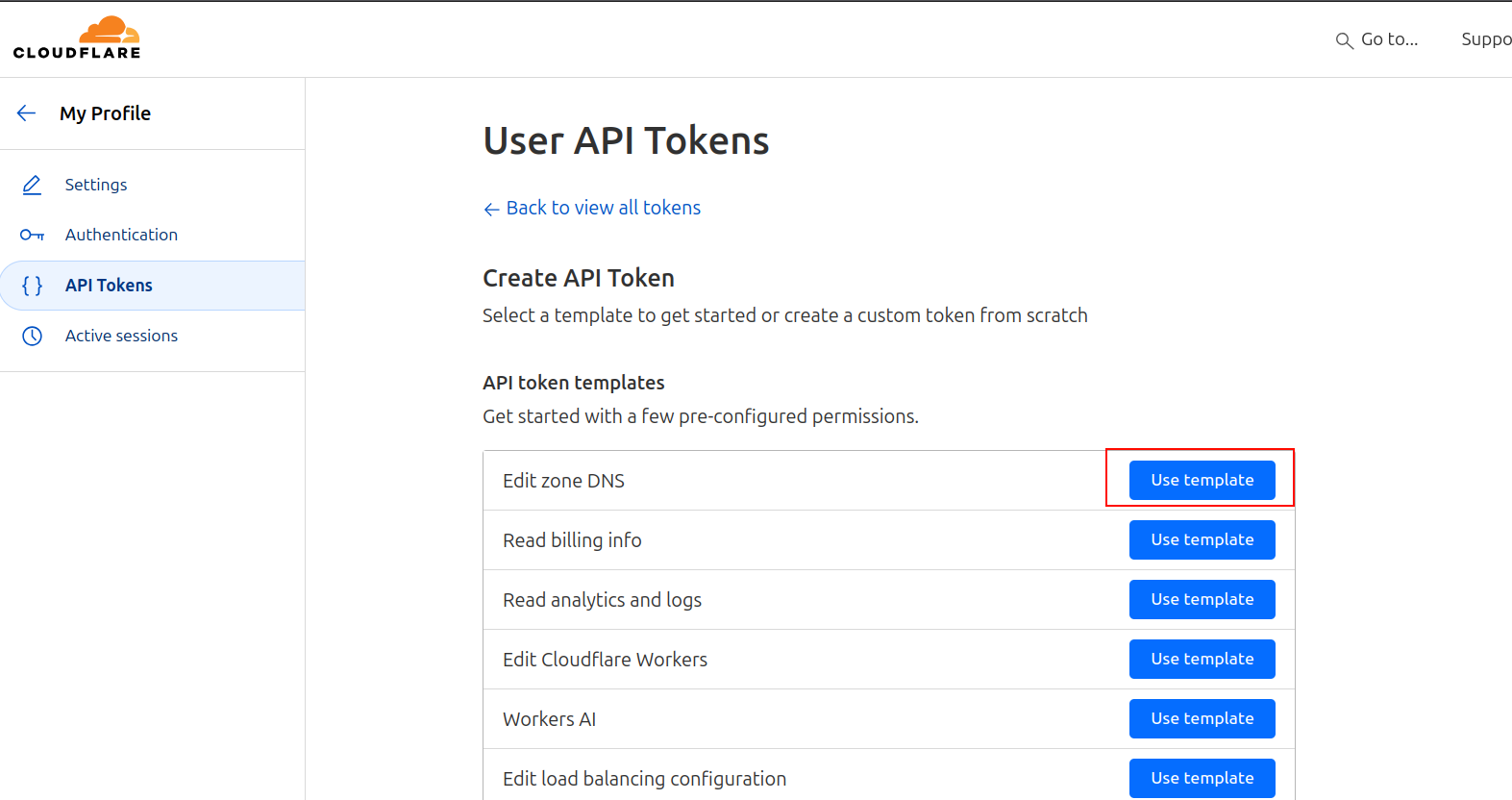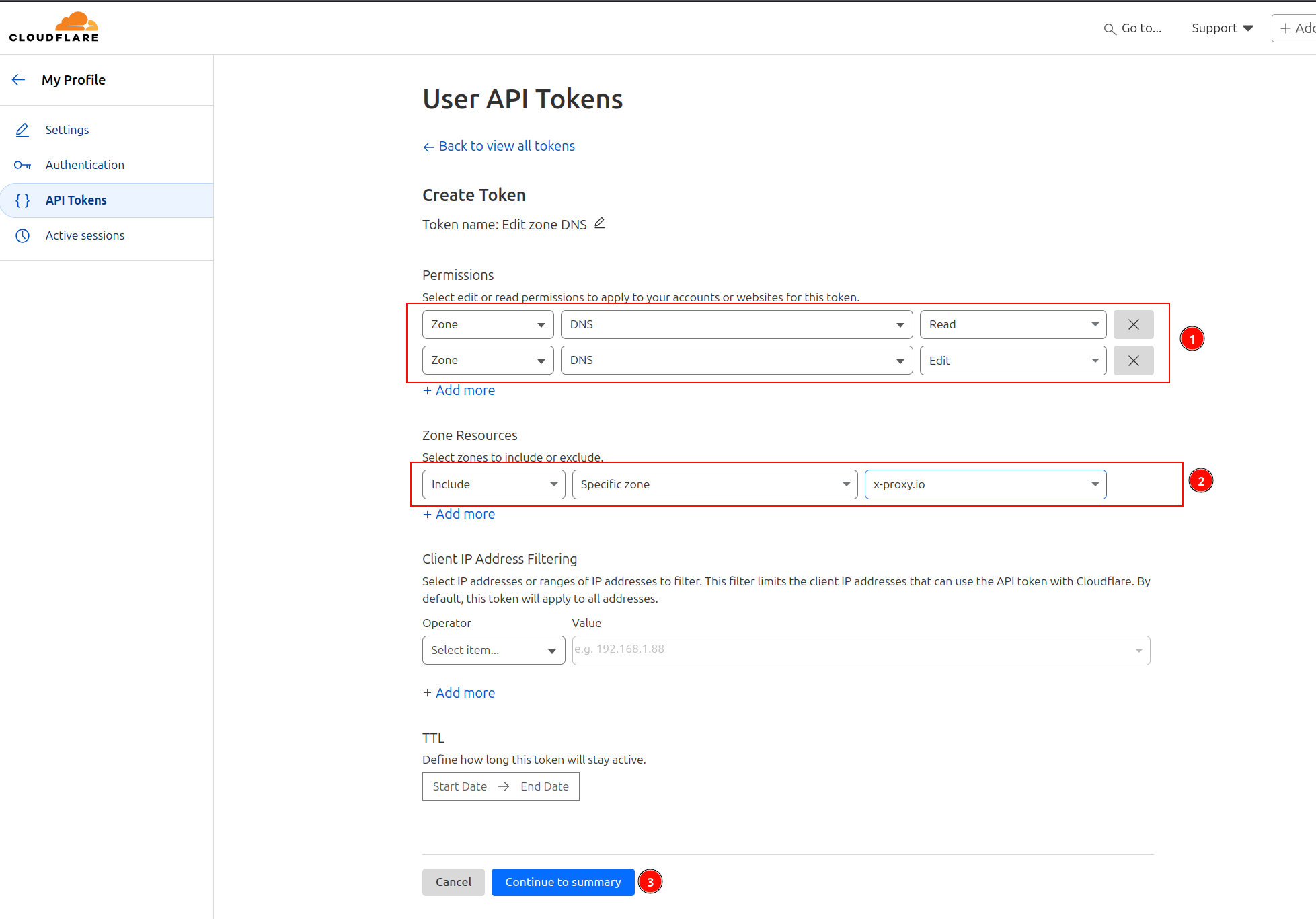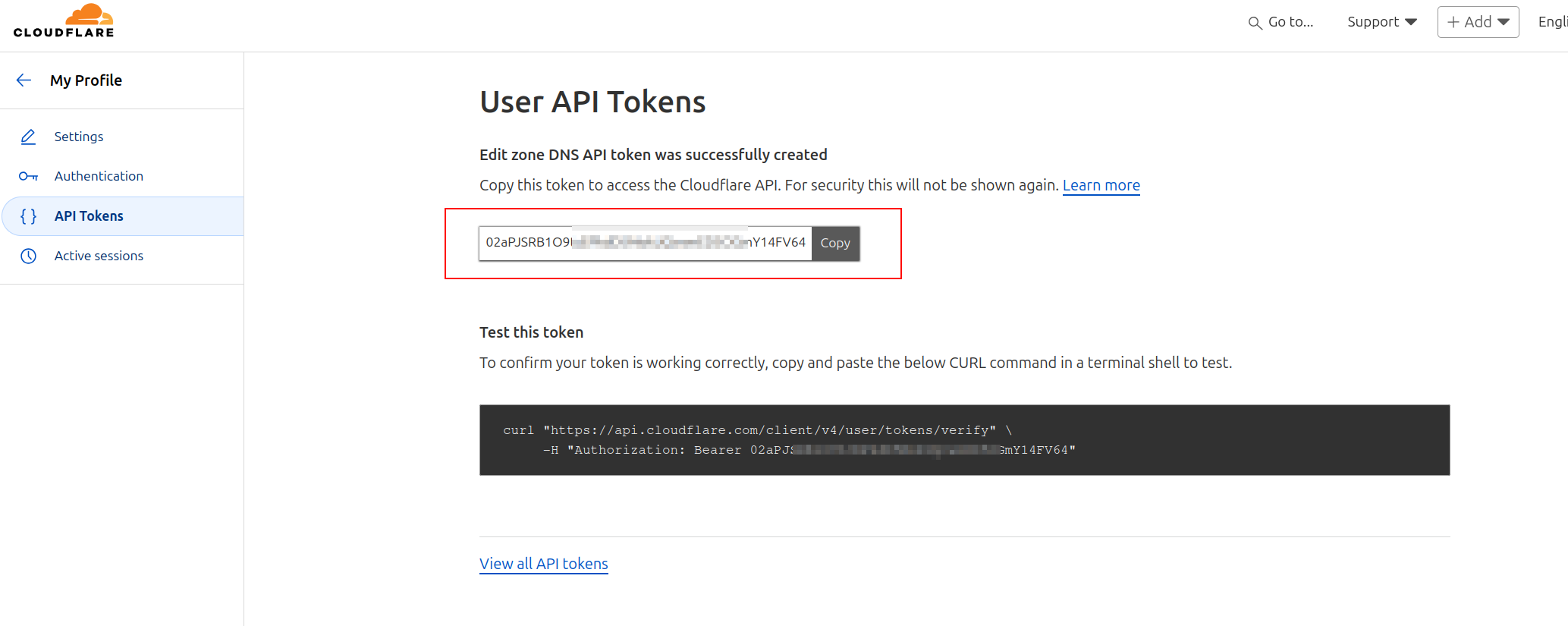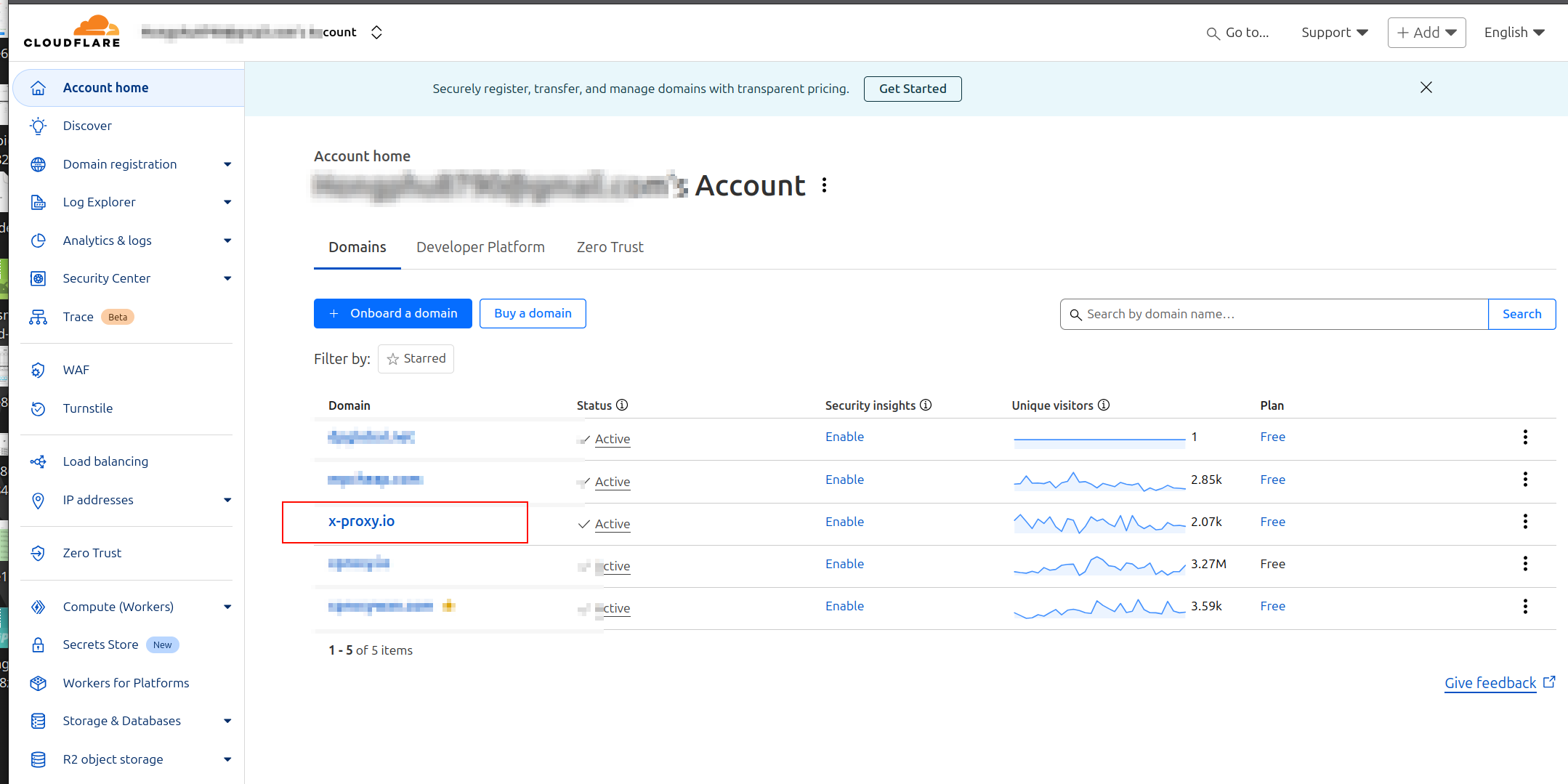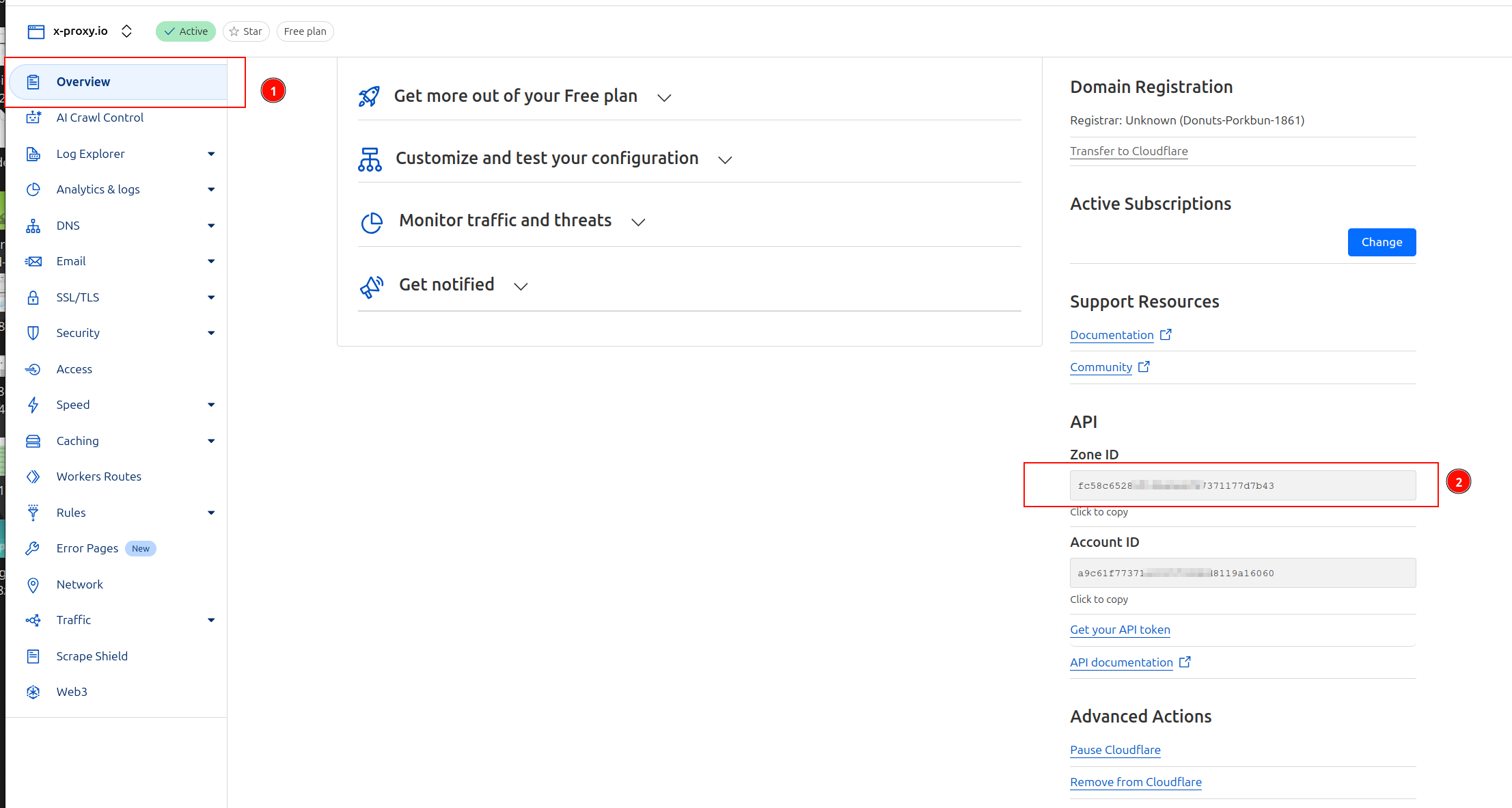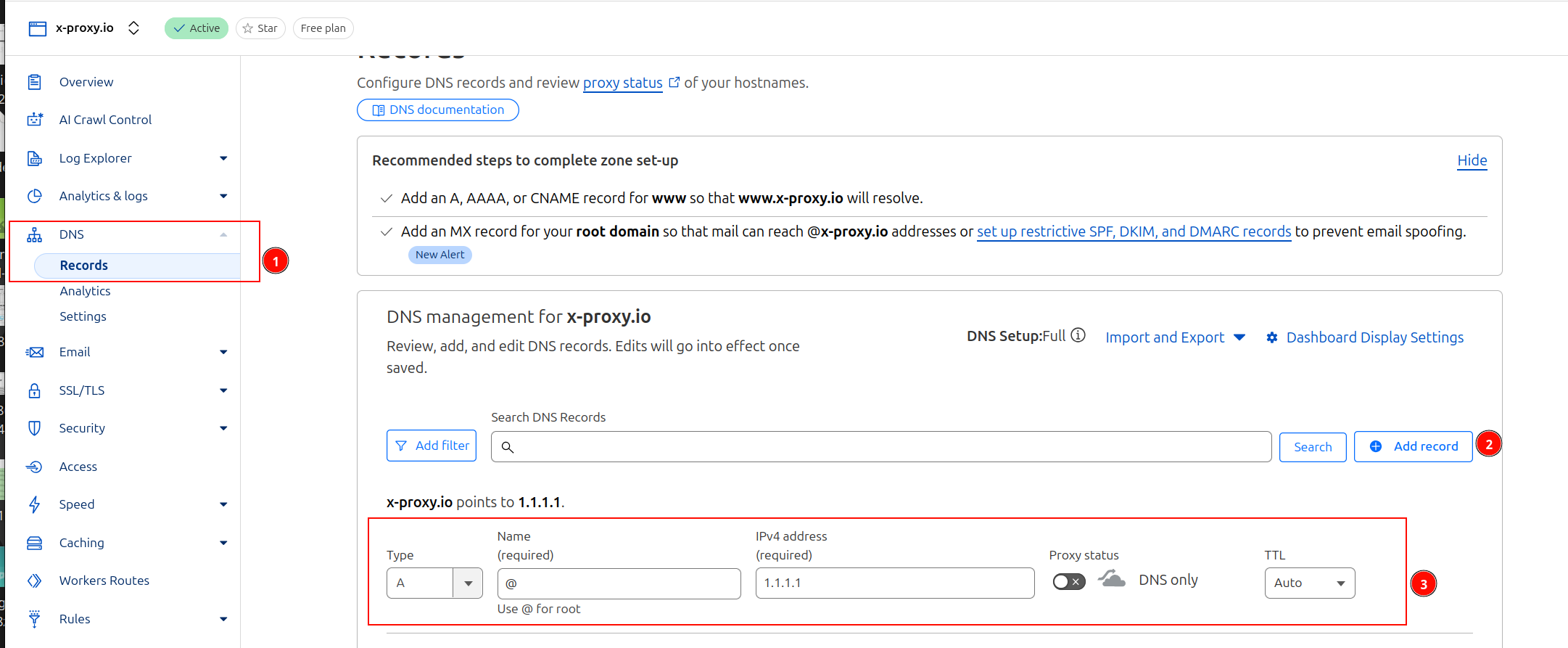Dynamic DNS (DDNS)
Dynamic DNS (DDNS) lets you use a stable name (like myname.example.com) when your
public IP changes. This is useful when you want to access your XProxy dashboard or proxies
from anywhere, without remembering new IPs each time your modem or ISP changes it.
Where to configure: XProxy → General Settings > Dynamic DNS.
Supported providers: DNS‑O‑Matic, Cloudflare, NO‑IP, Dynu, DuckDNS.
Read this first: Set up public access before DDNS. Use either Home/NAT Forwarding or VPS Forwarding. If you forward via VPS, you can point your DDNS domain to the VPS public IP.
What is DDNS?
DDNS automatically updates your domain record when your public IP changes. You point your
tools to the domain name, and XProxy keeps the IP behind it fresh. This saves time and avoids
broken links when the IP rotates or the router restarts.
Why use DDNS with XProxy?
- Easy access: one domain for dashboard and proxies.
- No IP to remember: your domain automatically points to the new IP when it changes.
- Automatic updates: XProxy maintains and updates the domain to the newest IP for you.
- Works with many services: pick the provider you like.
Before you start
- Your XProxy server is online and can reach the internet.
- You have an account at one or more DDNS providers you want to use.
- You know your desired host or domain (for example, yourname.ddns.net or your own domain in Cloudflare).
Quick start — set up in a few minutes
- Open XProxy → General Settings > Dynamic DNS.
- Select a provider tab (DNS‑O‑Matic, Cloudflare, NO‑IP, Dynu, DuckDNS).
- Turn Enabled ON.
- Fill the required fields (see provider details below).
- Set Update interval to 60 seconds (recommended).
- Choose IP Source: keep Auto or set a manual IP if you prefer.
- Click Save. XProxy will synchronize right away.
- Click Test to confirm the provider returns “OK” (Synchronized).
Dynamic DNS page
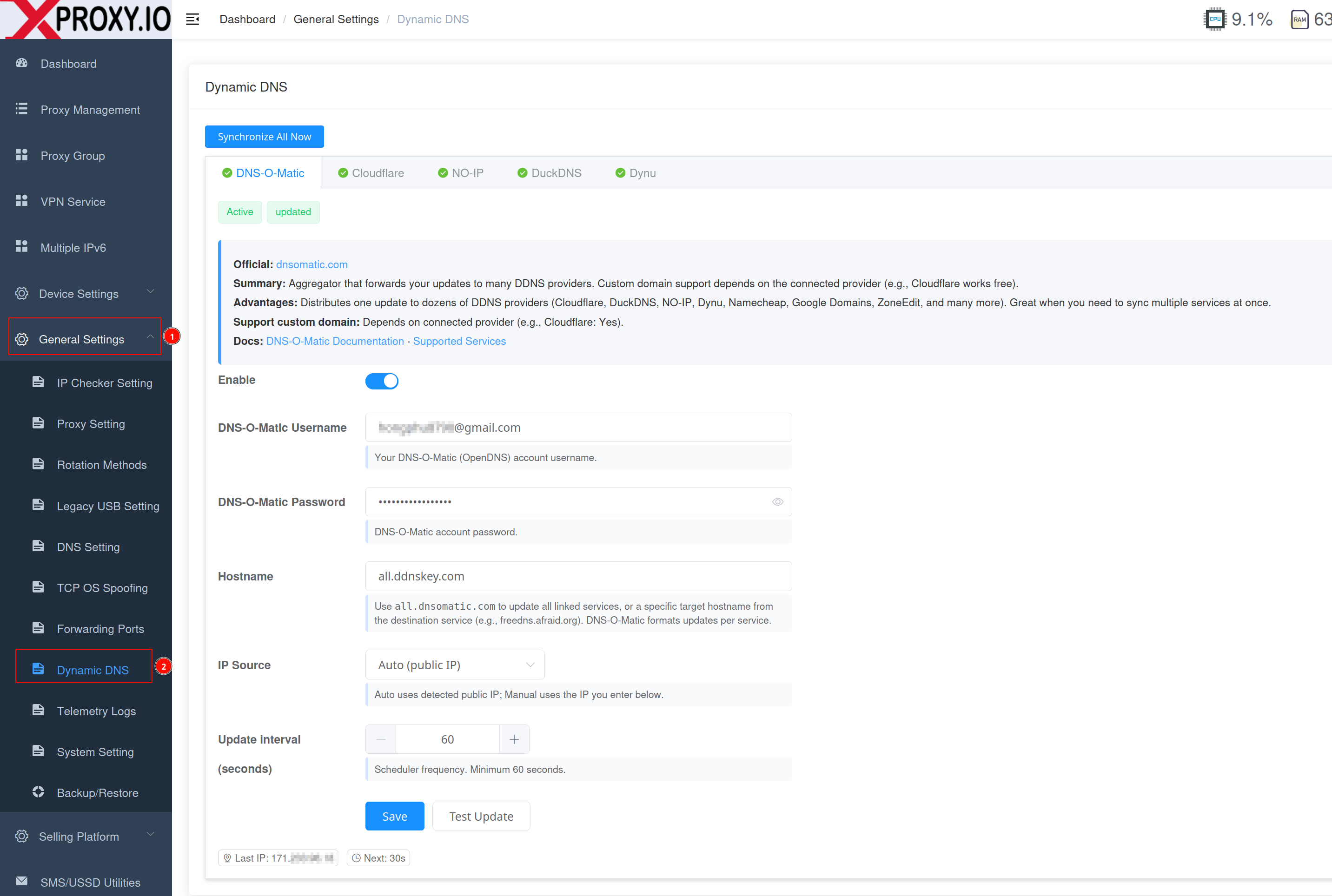
Supported providers and what to enter
1) DNS‑O‑Matic
- Username: your DNS‑O‑Matic account email/username.
- Password: your DNS‑O‑Matic password.
- Hostname: leave empty to update
all.dnsomatic.com, or set a specific host. - Support custom domain: depends on the downstream service you connect (e.g., Cloudflare supports your own domain).
DNS‑O‑Matic form
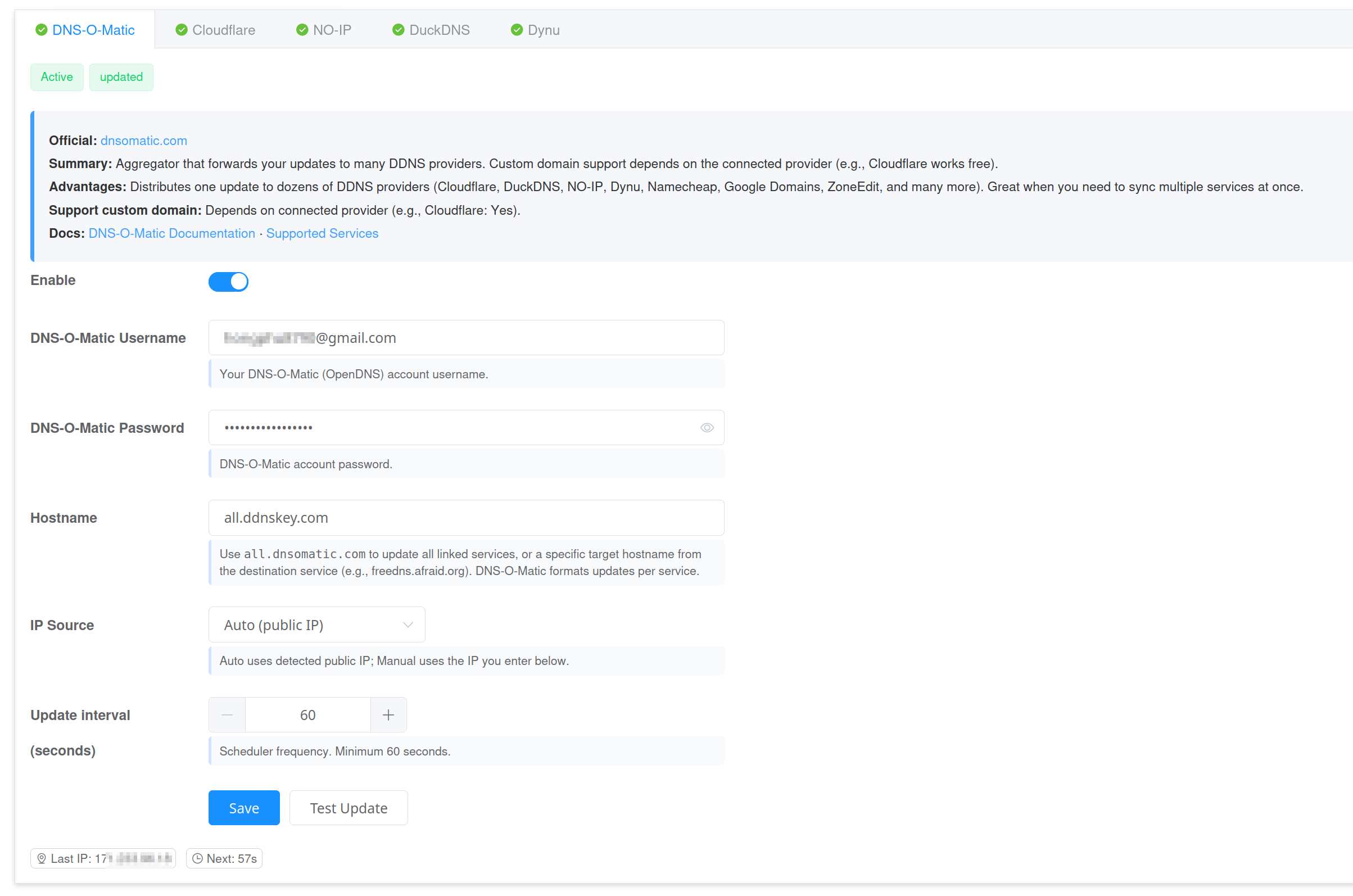
2) Cloudflare
- API Token: token with DNS Read and DNS Edit for the target zone.
- Zone ID: the zone where your domain lives.
- Record Name: the DNS A record to update (e.g., proxy.example.com).
- Proxied: leave OFF for proxies; ON is for public websites/dashboard only.
- TTL: choose shorter values (60–120s) for faster global updates.
- Support custom domain: Yes (Free plan supported).
Cloudflare form
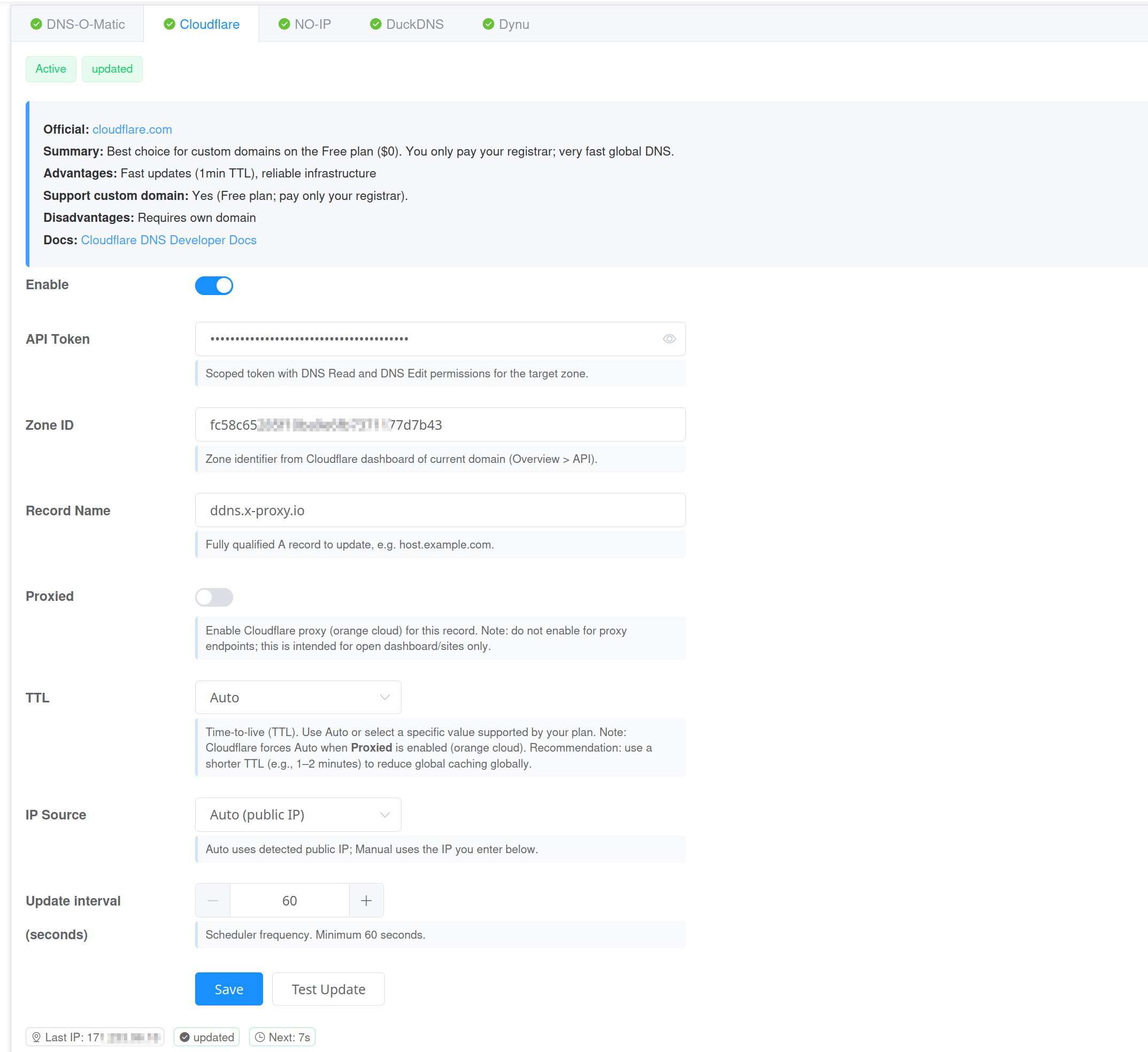
Cloudflare — step by step (Accordion)
3) NO‑IP
- Username and Password or Key: your NO‑IP credentials.
- Hostname: your NO‑IP host (e.g., yourname.ddns.net).
- Custom domain: supported on paid plan.
- Enter Username, Password/Key, and Hostname.
- Click Save to sync immediately.
- Click Test to confirm the provider returns OK.
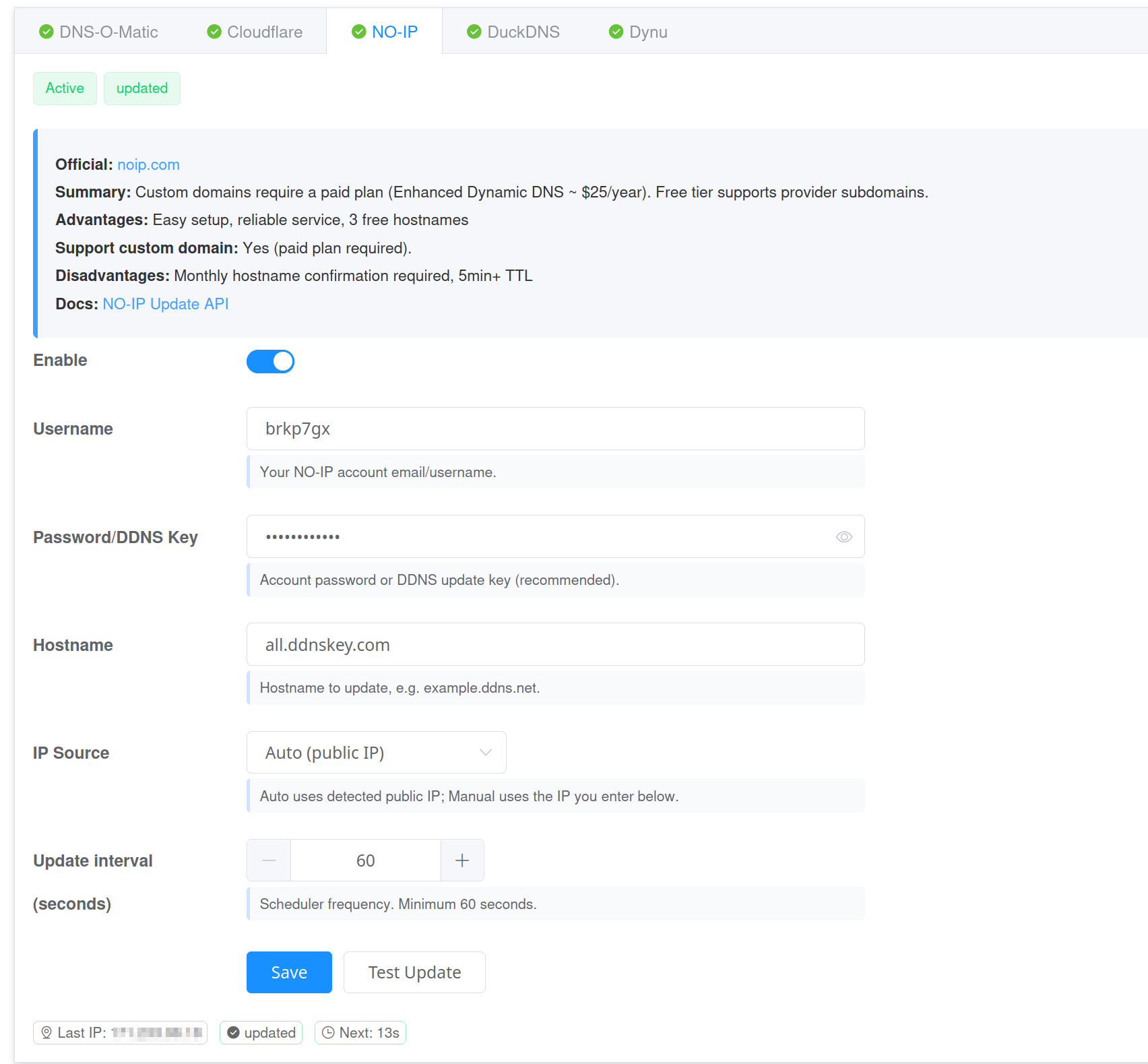
4) Dynu
- Hostname: your Dynu host (e.g., yourname.ddnsfree.com).
- Password: your Dynu account password; the system will hash it for the update.
- Support custom domain: Yes (point your domain NS to Dynu).
Dynu form
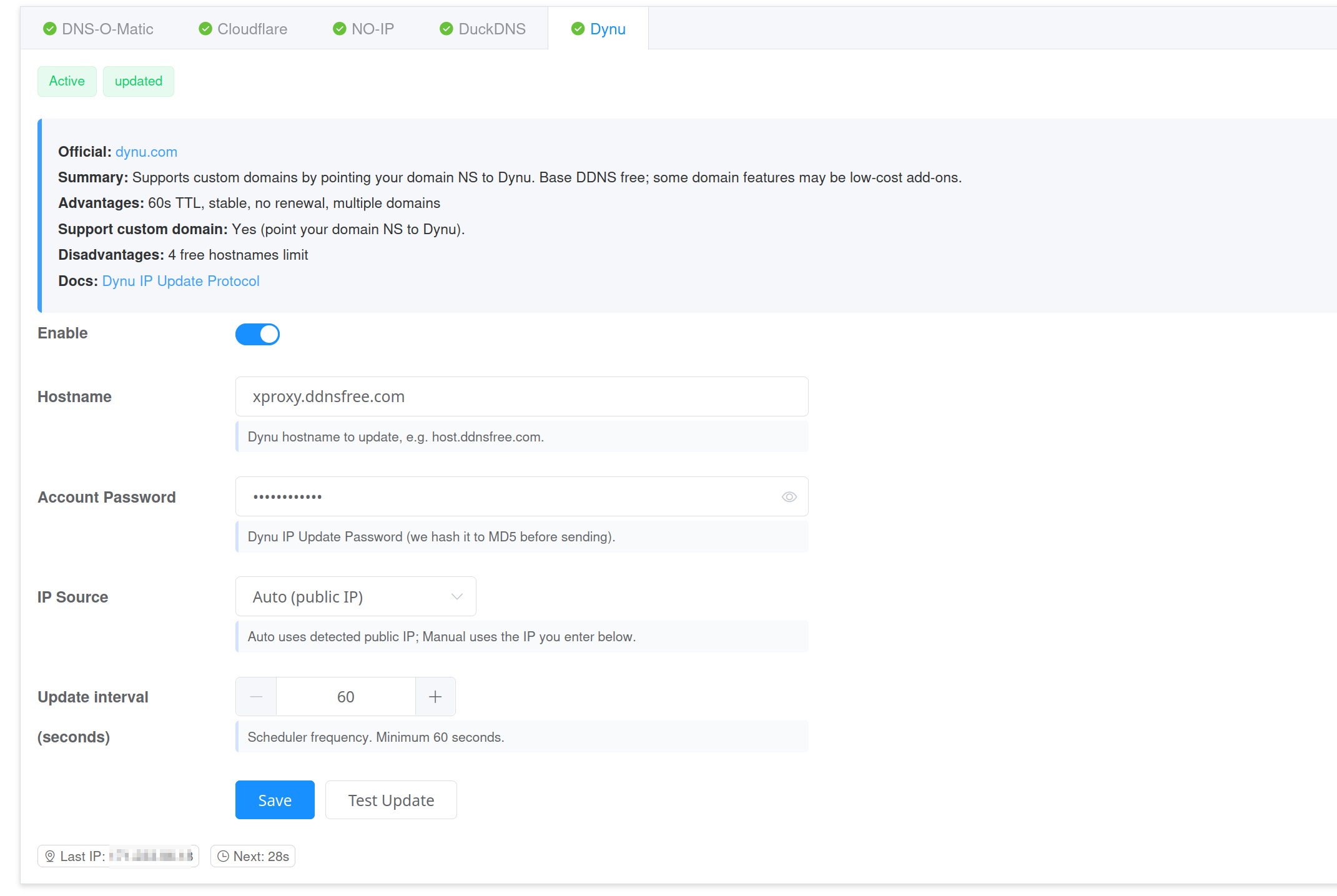
5) DuckDNS
- Token: your DuckDNS token.
- Domain: your DuckDNS subdomain (e.g., yourname.duckdns.org).
- Support custom domain: No (DuckDNS subdomains only).
DuckDNS form
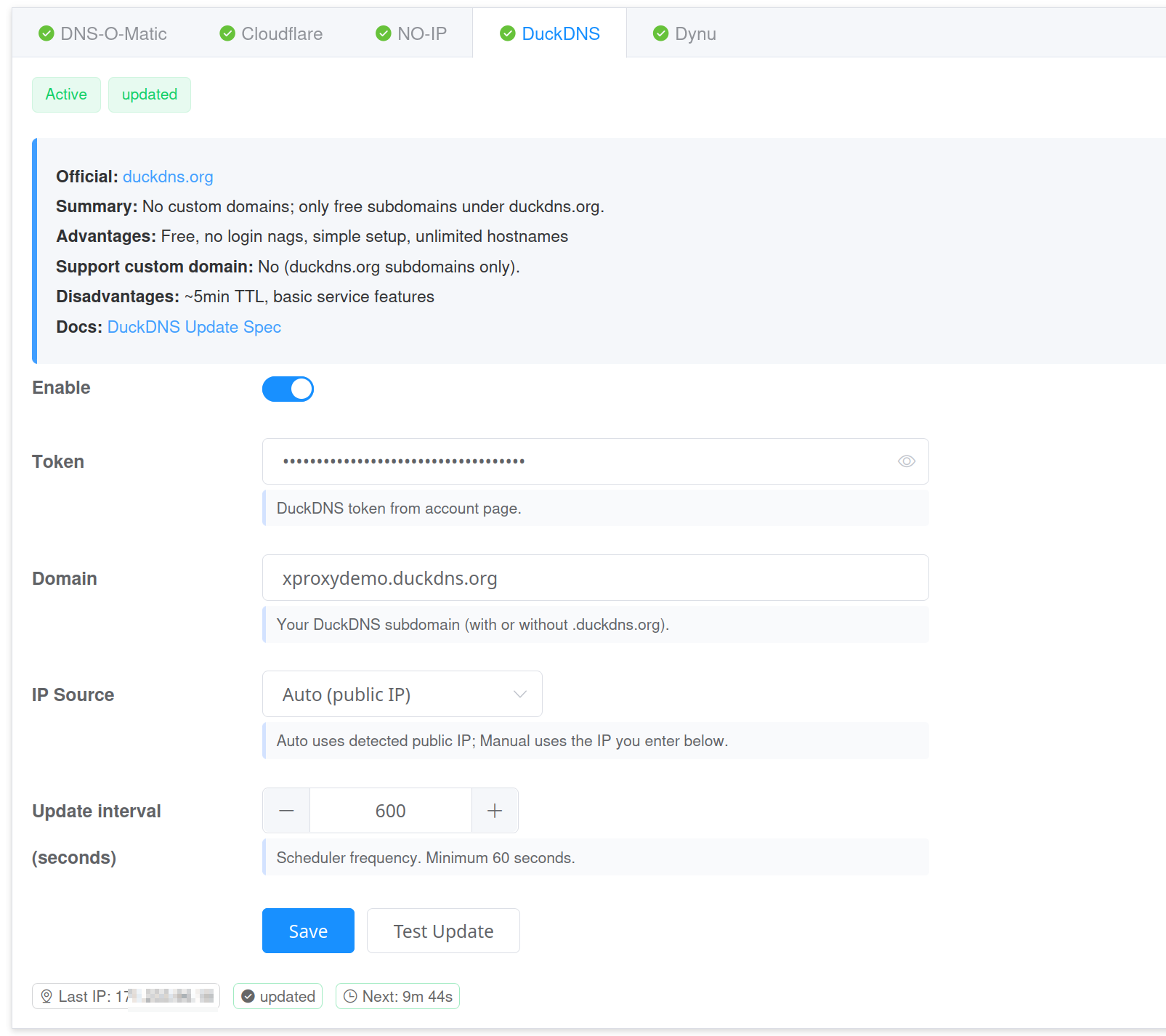
About TTL and propagation
TTL means “Time To Live”. It is the time a DNS answer can be cached. A small TTL
(like 60 seconds) helps the world learn your new IP faster when it changes. Some providers may
force “Auto” when proxy mode is on. If you use Cloudflare for proxies, keep “Proxied” OFF and use
a short TTL for faster updates.
How status and health work
- Synchronized: provider accepted the update (shows OK or good).
- No change: IP is already correct; next run is scheduled.
- Warning: temporary issues like rate limits; the system will retry.
- Error: wrong credentials or record not found; fix the values and test again.
Test and verify
- Click Test in your provider tab. You should see a clear message.
- Use Synchronize Now to force an immediate update.
- Check your domain using a DNS checker or dig from a terminal.
Test result
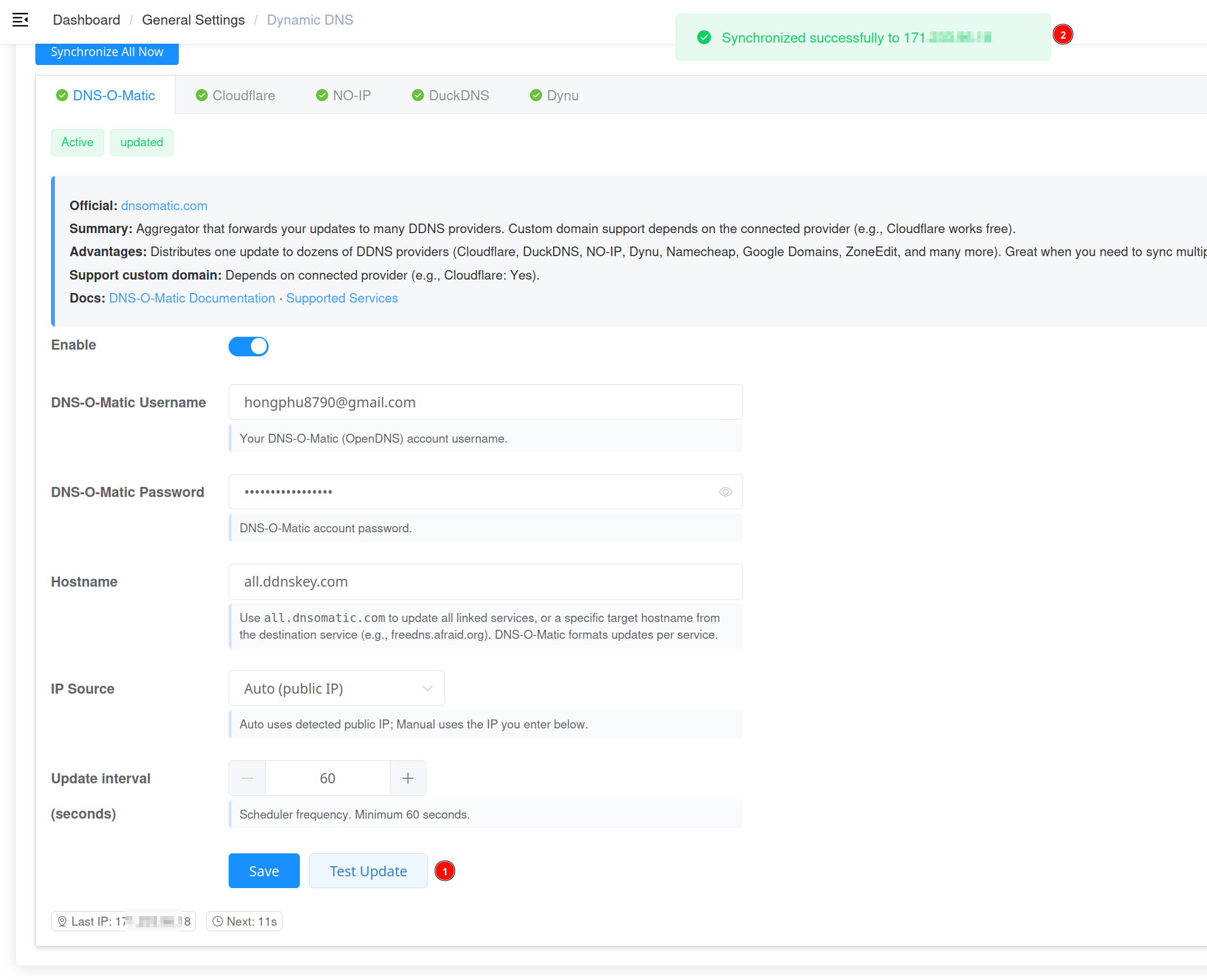
Tips for best results
- Set the Update interval to 60 seconds for fast reaction.
- Trim spaces in fields; only use letters, numbers, and dots in hostnames.
- Use a shorter TTL (60–120s) for quicker global refresh.
- If you enable Cloudflare Proxied, note that TTL may be managed automatically.
Troubleshooting
- Authentication failed: check username, token, or password.
- Record not found: confirm the host exists in your provider (Cloudflare/NO‑IP).
- Service offline: make sure the DDNS service is enabled in XProxy.
- Still old IP: wait for TTL to expire, or lower TTL for faster change next time.
Frequently asked
Yes. You can enable multiple providers and XProxy will update them all.
Your provider confirmed the update. The DNS record now matches your current IP.
TTL is how long other servers cache your DNS answer. A short TTL (60s) means faster updates worldwide.
Give it a bit more time for TTL to pass. Next time, use a shorter TTL like 60–120 seconds.




